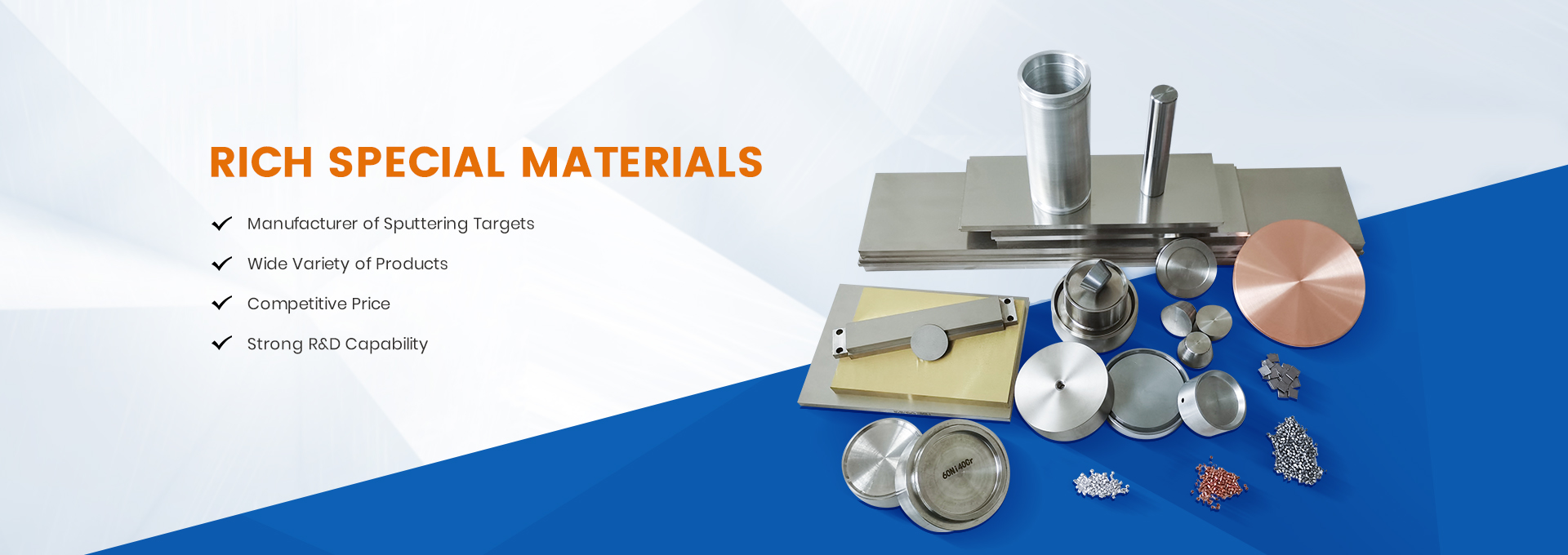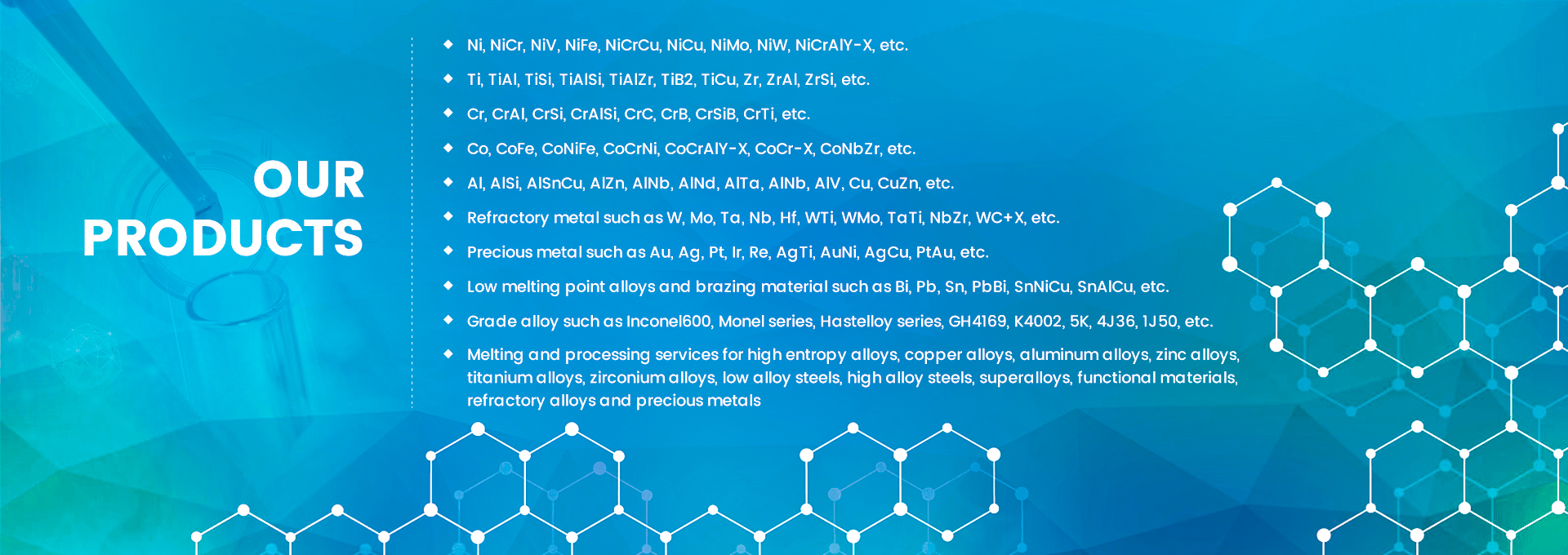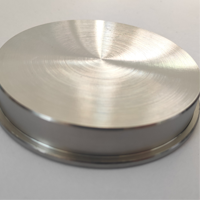Titanium alloy is an alloy composed of titanium and other elements. Titanium has two kinds of homogeneous and heterogeneous crystals: closely packed hexagonal structure below 882 ℃ α Titanium, body centered cubic above 882 ℃ β Titanium. Now let’s colleagues from RSM Technology Department to share the selection method of titanium alloy plates
Technical requirements:
1. The chemical composition of titanium alloy plate shall comply with the provisions of GB/T 3620.1, and the allowable deviation of chemical composition shall comply with the provisions of GB/T 3620.2 when the Demander re inspects.
2. The allowable error of plate thickness shall comply with the provisions in Table I.
3. The allowable error of plate width and length shall comply with the provisions in Table II.
4. Each corner of the plate shall be cut into a right angle as far as possible, and the oblique cutting shall not exceed the allowable deviation of the length and width of the plate.
The alloy elements can be divided into three categories according to their influence on the transformation temperature:
① Stable α Phase, the elements that increase the phase transition temperature are α Stable elements include aluminum, carbon, oxygen and nitrogen. Aluminum is the main alloy element of titanium alloy, which has obvious effects on improving the strength of alloy at room temperature and high temperature, reducing the specific gravity and increasing the elastic modulus.
② Stable β Phase, the elements that reduce the phase transition temperature are β Stable elements can be divided into two types: isomorphic and eutectoid. Titanium alloy products are used. The former includes molybdenum, niobium, vanadium, etc; The latter includes chromium, manganese, copper, iron, silicon, etc.
③ Neutral elements, such as zirconium and tin, have little effect on the phase transition temperature.
Oxygen, nitrogen, carbon and hydrogen are the main impurities in titanium alloys. Oxygen and nitrogen in α There is a large solubility in the phase, which has a significant strengthening effect on titanium alloy, but reduces the plasticity. It is generally stipulated that the content of oxygen and nitrogen in titanium is 0.15~0.2% and 0.04~0.05% respectively. Hydrogen in α The solubility in the phase is very small, and too much hydrogen dissolved in the titanium alloy will produce hydride, making the alloy brittle. Generally, the hydrogen content in titanium alloy is controlled below 0.015%. The dissolution of hydrogen in titanium is reversible and can be removed by vacuum annealing.
Post time: Oct-14-2022






